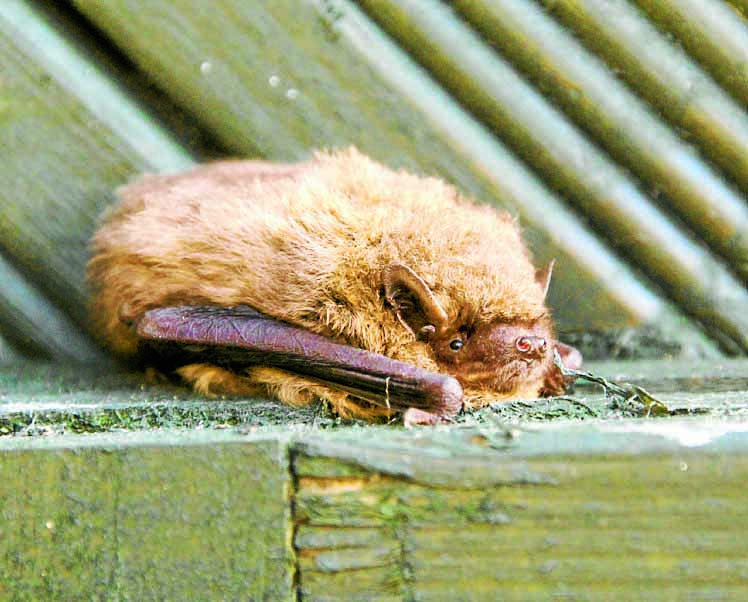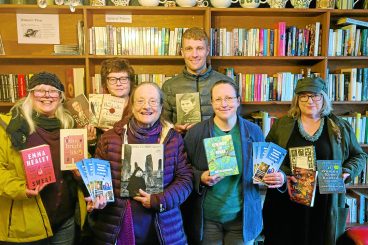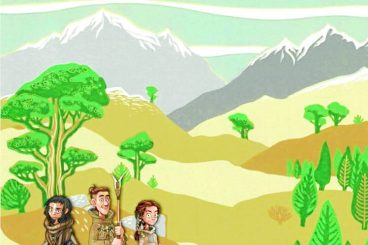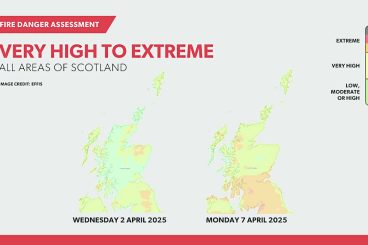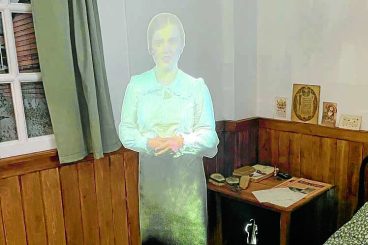FARMERS in the region are being urged to do more to encourage bats to roost on their land.
A new publication has highlighted the benefits of bats to farming landscapes, pointing out that they can eat up to 3000 midges a night, and explaining what actions farmers can take to support this protected species.
The Bats and Biodiversity report, written by Harry Fisher, of SAC Consulting, for the Farm Advisory Service, highlights the importance of safeguarding bats, which are protected by law.
It showcases the ten species of bats found on farms in Scotland, including the Common pipistrelle and Soprano pipistrelle bats which can be found in the cracks of buildings and trees, Brown long-eared bats which roost in roof spaces, and Noctule bats which can be seen flying high in the sky at dusk.
Less common bats include Leisler’s, Natterer’s and Whiskered bats, which are normally only found in the south of Scotland.
Each species requires a variety of roosts offering different conditions throughout the year, including a day roost to rest and shelter in during the summer, a warm maternity roost where females give birth and raise their young in early summer, and a cool, humid hibernation roost for the winter months.
Farmers can support bats on their land by reducing light pollution from steadings at night, installing bat boxes, planting trees across the farm, leaving ivy and shrubs on buildings, and creating habitat beneficial to bats such as ponds, hedgerows and species-rich grasslands.
Harry said: “Seeing bats flutter around a specific area of your farm means it is providing vital resources for some of Scotland’s rarest species.
“Within an agricultural setting, bats can act as a natural control method for pest insects on both crops and livestock. While scouring the night sky for prey, a single bat can eat up to 3000 midges in one night.
“Over the world, bats are utilised for their natural pest control services. In Europe, bats are often encouraged by livestock farmers, as they predate on blood sucking insects that bother their cattle.”





